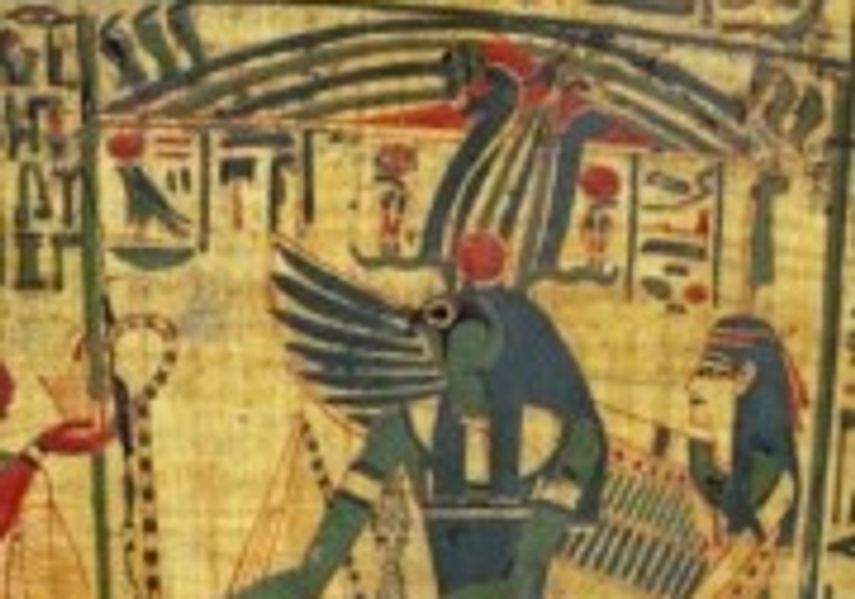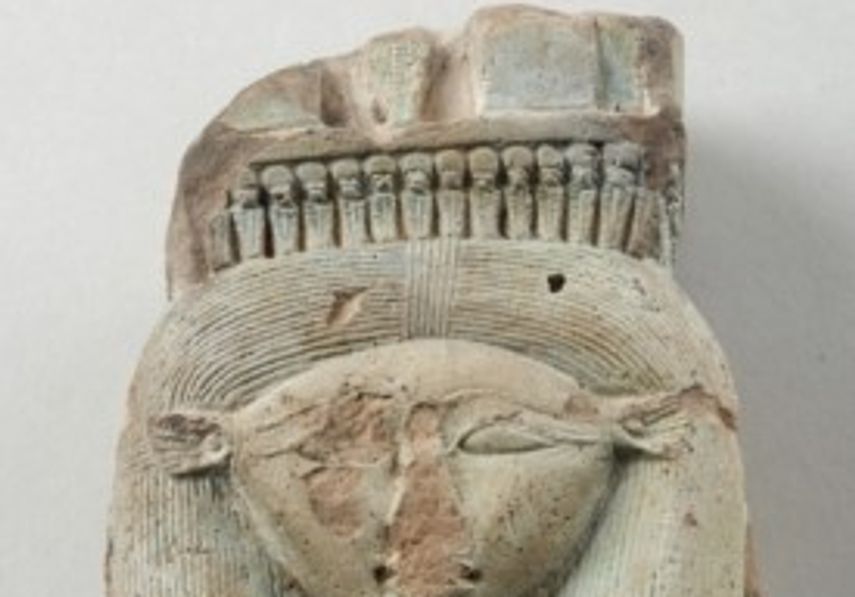Ancient Egyptian Spirituality
Gods and goddesses were all consuming to the Ancient Egyptians. They filled everything. The Ancient Egyptians were polytheistic (believing in more than one God) and are thought to have had thousands of gods and goddesses. They dictated how people lived their lives, how they treated other people, how they farmed and worked, and all their beliefs about the afterlife.
The gods were so all-consuming that beliefs grew and changed over time. Religion evolved as civilisation evolved. It was not static.
Worship was personalised and localised. Different gods were important to different areas, and different people, at different times. Gods and goddesses had festivals where whole communities would come together to celebrate. However, worship was not just conducted publicly at temples. It was also a personal and private experience. Everyday worship was in everyday interactions and living the values personified by the gods was as important as any festival.
Ma’at
The goddess Ma’at personified the principals which were the foundation of Egyptian society. These were principals such as truth, balance, order, harmony, righteousness, morality and justice. As well as being a goddess, Ma’at was the concept of these values.
The goddess Ma’at was depicted as a female with wings, and often had a white ostrich feather in her headband. This feather was the feather of Truth and Justice, used by Anubis during the weighing of the heart ceremony which was believed to happen before the dead could transition to the afterlife. During this ceremony, the soul would give confessions according to the principals of Ma’at. These 42 confessions have been known as a declaration of innocence for the soul. Modern worshippers have translated these values into positive affirmations.
Three of my favourites include:
· I speak positively of others
· I do the best I can
· I care for the Earth
I like Ma’at because she embodies a lot of nice qualities, and she has become important to me spirituality. Many spiritual values encompass balance, and this can be seen in Ma’at too.

Nesyamun’s coffin
Nesyamun’s remains reside at Leeds City Museum. He was a priest at the Temple of Karnak. Ma’at is depicted on Nesyamun’s outer coffin lid. She is shown as a woman with outreached winged arms behind Ra-Horakhty, who is a blend of Horus and Ra. In some mythos Ra was Ma’at’s father and both he and Horus were especially important gods. On Ma’at’s head is the feather of truth and justice. Nesyamun is shown to the left of the image and is making an offering to both her and Ra-Horakhty.
The hieroglyphs relating to this panel (although you can’t see them all in the photo) can be translated as follows:
The hieroglyphs relating to this panel (although you can’t see them all in the photo) can be translated as follows:
- Re-Horakhty, lord of truth, speckled-of-feather
- Maat, daughter of Re
- The Osiris, god’s-father, scribe of the temple of Montu, scribe who lays out offerings for all the gods, Nesyamun, true-of-voice.
The last two lines refer to Nesyamun himself, including some of the titles he was given.

Hathor
Elsewhere in the Ancient Worlds Gallery at Leeds City Museum is a small pendant depicting Hathor, who is considered the goddess from whom all others came. She is the goddess of sky, love, beauty, fertility and celebration. Hathor has been likened to similar Goddesses such as the Greek Aphrodite and the Roman Venus.
One origin story about Hathor begins when she was sent by Ra to punish humans for ingratitude. She was very destructive, and during this rampage she turned into Sekhmet, the lion-headed warrior goddess. The only way to stop Sekhmet/Hathor from killing everyone was for the goddess of beer (Tenenet) to brew a very strong beverage and dye it red, tricking bloodthirsty Sekhmet. After drinking it she fell asleep, and awoke again as Hathor, the benevolent friend of humanity. This took place in the Egyptian town of Dendera, which became the centre of Hathor worship. Beer was drunk in her honour at her festival, and this is where the ‘lady of drunkenness’ name comes from.
Hathor is often depicted as a cow, which represents her fertility and strong maternal side. When she is depicted as a woman, she sometimes has cow horns on her head.
Both men and women could serve in Hathor’s clergy, and she became an important goddess to be associated with. There were many aspects to her deity, so many ordinary people identified with her, and she was an early feminist. As the goddess of partying and drinking, she is someone we can identify with now!
The Ancient Egyptians believed that ingratitude was the gateway sin which opened the soul up to all other sins. They placed a lot of importance on gratitude. It has been suggested that many poorer Ancient Egyptians practised the ‘Five Gifts of Hathor’ every day: where you find something to be thankful for each finger on your hand. 3000 years later, this is still a really positive practice.
In conclusion, as well as some of the well-known gods who inspired beliefs about the afterlife, such as Anubis, there were many other important gods and goddesses who influenced every single aspect of daily life. These gods and goddesses demonstrated how people should behave and interact with the world around them, and the behaviours they encouraged are still very relevant today.
By Saraya Hall, Preservative Party volunteer.
16 July 2021
